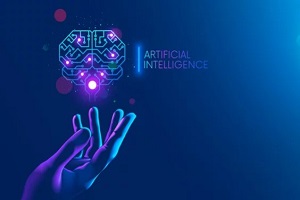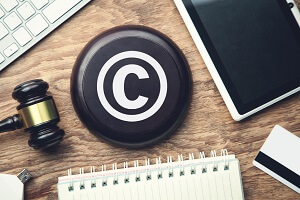 In the past, the widespread use of artificial intelligence (AI) was somewhat limited due to the lack of computing power and the complexity of most AI technologies. AI was often viewed as a sophisticated technology reserved for use in the most advanced and high-level systems, or as a purely academic pursuit with only limited practical applications.
In the past, the widespread use of artificial intelligence (AI) was somewhat limited due to the lack of computing power and the complexity of most AI technologies. AI was often viewed as a sophisticated technology reserved for use in the most advanced and high-level systems, or as a purely academic pursuit with only limited practical applications.
The view of AI has changed dramatically in recent years. Advances in computing power and the development of more sophisticated AI approaches, including generative AI systems, have resulted in numerous practical applications for AI. And, as AI technology becomes more mature and accessible, it is becoming increasingly popular.
While the Supreme Court recently dismissed the ongoing attempt to qualify AI as an inventor in U.S. Patent Applications, U.S. copyright law currently does not specifically protect AI-generated works. However, there is a growing body of case law that suggests that AI-generated works may be eligible for copyright protection under certain circumstances.
The key question is whether the AI-generated work is the result of human creativity or merely the result of a computer program. If the work is the result of human creativity, then it is likely to be protected by copyright.
However, if the work is merely the result of a computer program, then it is unlikely to be protected by copyright. Under Article II, Section 8, of the U.S. Constitution, known colloquially as the Copyright Clause, copyright law only protects works that are the result of human creativity, not works that are the result of a computer program.
The U.S. Copyright Office recently released its first formal guidance on the copyrightability of works created with the assistance of AI, which tracks the case law described above.
The U.S. Copyright Office’s Guidance On The Copyrightability Of AI-Assisted Works
In its guidance, the Copyright Office announced that such works may be copyrightable as long as there is sufficient human authorship.
 This caveat is significant, since courts have long ruled that copyright protection is only available for works created by humans. Under U.S. law, it has been well established that copyrights are not available for works that are created solely by machines.
This caveat is significant, since courts have long ruled that copyright protection is only available for works created by humans. Under U.S. law, it has been well established that copyrights are not available for works that are created solely by machines.
A copyrighted work must have an author, and the author must be human. For example, courts have ruled that neither a photo captured by a monkey nor a book containing words purportedly authored by a spiritual being were copyrightable without some element of human creativity.
When an AI program responds to a prompt from a human to produce a visual, musical or written work, the elements of creation traditionally attributed to an author are selected and carried out by the technology.
According to the guidance, “Based on the Office’s understanding of the generative AI technologies currently available, users do not exercise ultimate creative control over how such systems interpret prompts and generate material.”
The guidance goes on to state, “Instead, these prompts function more like instructions to a commissioned artist — they identify what the prompter wishes to have depicted, but the machine determines how those instructions are implemented in its output.” Accordingly, works that are generated solely by AI do not qualify for copyright protection.
However, when there is sufficient human authorship, a work that contains AI-generated material is copyrightable. Sufficient human authorship in this context includes having a human modify AI-generated material or arrange the AI-generated material in a creative way.
In its guidance, the Copyright Office stated that, with respect to the question of copyrightability for AI-generated works, “The answer will depend on the circumstances, particularly how the AI tool operates and how it was used to create the final work.” A key factor is the degree to which a human had “creative control over the work’s expression and actually formed the traditional elements of authorship.”
For applications that have named AI technology as the author or a co-author of works, the Copyright Office has rejected such applications with one exception. A U.S. copyright was granted to a graphic novel entitled “Zarya of the Dawn” that was created with the help of AI.
 However, the copyright only protected the text and the arrangement of the images, which were created solely by a human. The AI-generated images were not created with enough human creative control and were excluded from protection.
However, the copyright only protected the text and the arrangement of the images, which were created solely by a human. The AI-generated images were not created with enough human creative control and were excluded from protection.
The guidance specifies that new applicants must disclose when their work includes AI-generated material. Applications that have already been filed but that do not disclose the use of AI must be corrected.
ContactThe Intellectual Property Law Attorneys At METROLEX IP Law Group
As the use of AI continues to grow, it is important for businesses to consider the legal implications of this growth and assess their intellectual property options when it comes to protecting AI-assisted creations. Ultimately, seeking the advice of a legal expert is the best way to ensure all necessary steps are taken to protect AI-assisted works.
Whether you need help with copyrighting AI-assisted works, or assistance with other intellectual property matters, the attorneys at METROLEX IP can provide you with high-quality counseling, advice and work product. Contact our team to get started today.

